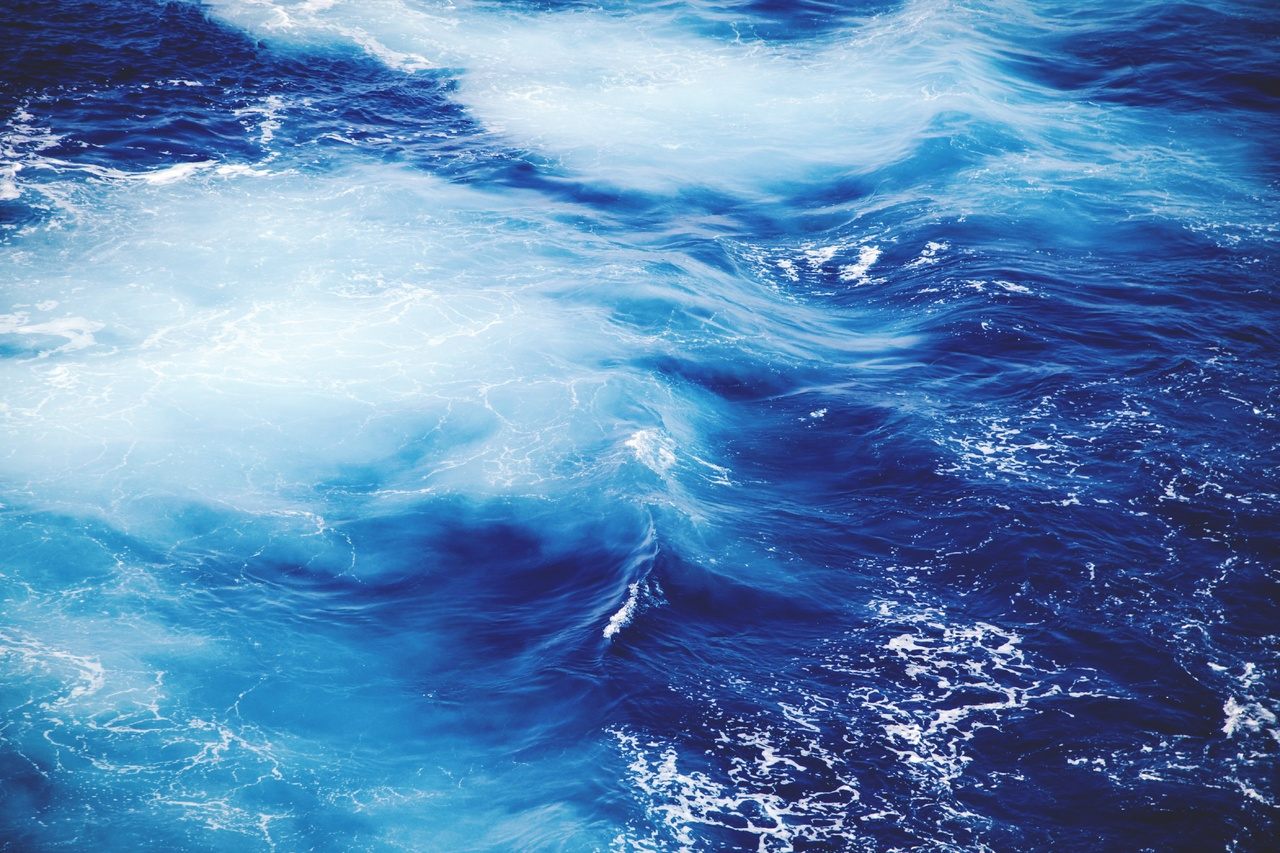The Largest Wave Ever Recorded in the Southern Hemisphere Crashed Down Near New Zealand
It was a ridge of water the height of an eight-story building.

Greater than the length of a bowling lane. Twice the height of a telephone pole. More than ten times the height of an average Christmas tree. At 78 feet, or the height of an eight-story building, the wave that came crashing down off the coast of New Zealand on May 8, 2018, wasn’t just a titan: It was the largest wave ever recorded in the Southern Hemisphere.
As a ferocious storm raged near Campbell Island, about 430 miles south of New Zealand, a buoy recorded the wave—but, according to a MetOcean Solutions statement, may have missed even larger ones over the course of the squall. Installed in March to measure the Southern Ocean’s extreme conditions, the buoy only records once every three hours, in a single 20-minute burst. Either way, the wave blows the previous southern-hemisphere record, of 72 feet, out of the water.
To put that in context, some tidal waves are only three feet in height. The tsunami that struck Chile in 2010 was around six feet high. At the other extreme, waves can very occasionally be much, much taller: The tallest tsunami ever recorded, which struck Alaska in 1958, had a wave run-up of 1,720 feet.* That’s just a little shorter than New York’s 1,776-feet-tall One World Trade Center building.
The wild Southern Ocean, the senior oceanographer Tom Durrant said in the statement, often serves as the world’s “engine room,” generating swell waves that make their way across the world’s seas. “Indeed, surfers in California can expect energy from this storm to arrive at their shores in about a week’s time,” he said. It remains to be seen how big the waves will be once they arrive—though surfers hoping to break a record may be disappointed. The wave is two feet smaller than the largest ever surfed, an 80-foot monster off the coast of Portugal, with the record confirmed last month by the World Surf League.
*Update (7/6/2018): This article has been updated with more precise information about the 1958 Alaskan tsunami.











Follow us on Twitter to get the latest on the world's hidden wonders.
Like us on Facebook to get the latest on the world's hidden wonders.
Follow us on Twitter Like us on Facebook